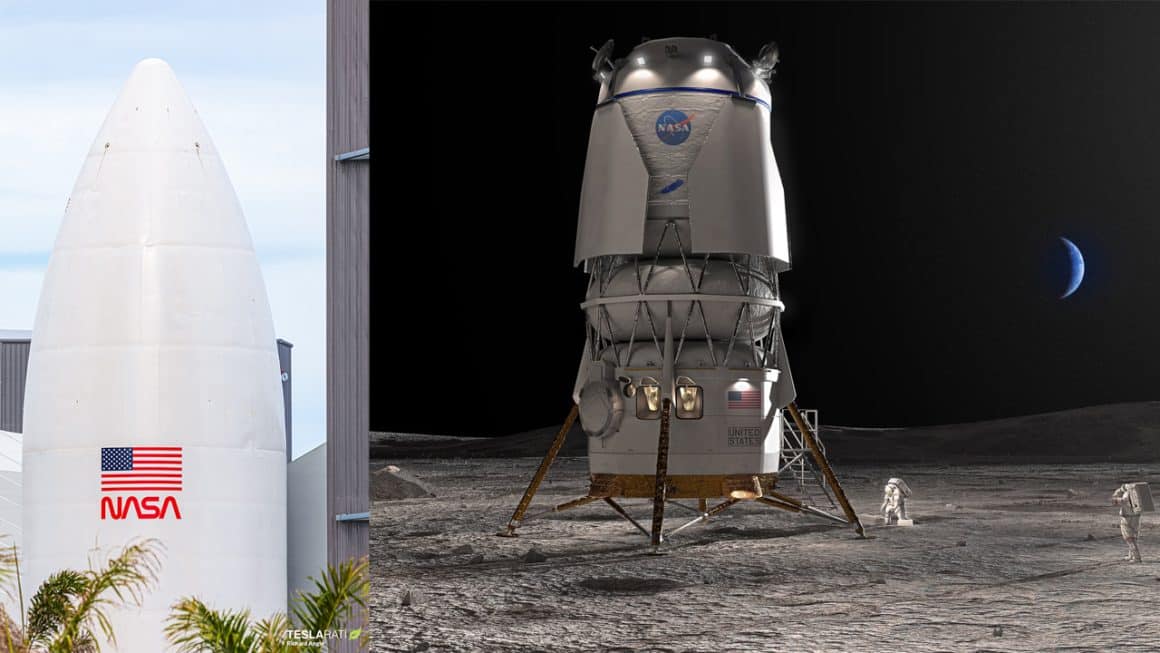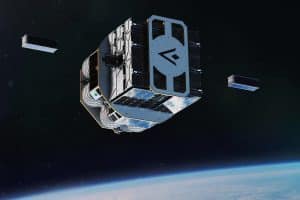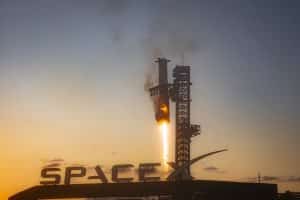NASA has awarded Blue Origin $3.4 billion dollars for its Human Landing System (HLS), Blue Moon. Blue Moon will launch atop their brand new rocket, New Glenn, and will support landing capabilities for Artemis V, currently scheduled no earlier than 2029.
NASA had originally only selected SpaceX to land their HLS variant, Starship, to land on the Moon and had awarded them $2.89 billion dollars.
However, it was met with multiple complaints, including a lawsuit from Blue Origin, which they subsequently lost. In the following months, NASA opened up a 2nd competition for another HLS in which teams from Blue Origin and Dynetics competed. Blue Origin’s Vice President John Couluris said they will also provide “well North of” the $3.4 billion dollar contract, bringing the total cost to ~$7 billion dollars.
The Blue Origin national team is comprised of Blue Origin, Lockheed Martin, Draper, Boeing, Astrobotic, and Honeybee Robotics. The Blue Moon lander will first perform an uncrewed demonstration landing no earlier than 2028 and, if all goes well, will then move forward with the Artemis V crewed landing on the Moon. The lander is also capable of flying in a cargo-only version.
To get to the Moon, Blue Origin will launch New Glenn with the unfueled lander in a 7-meter fairing into orbit, where it will meet with a fuel depot to fill the lander with propellant. Blue Moon would then proceed to NRHO (Near-Rectilinear Halo Orbit) to dock with Gateway, where Astronauts that arrived aboard Orion will then board Blue Moon lunar lander and proceed to land on the Moon.
Vice President John Couluris also indicated Blue Origin will perform two pathfinder landings at the Moon’s south pole prior to the Uncrewed demonstration landing. Seen below is a test of the BE-7 lunar lander engine.
Once Blue Moon leaves the Lunar surface, it will dock once again at Gateway for the Crew to disembark and board Orion again for their trip back to Earth. The Blue Moon lander would then stay in NRHO and be capable of multiple landings on the Moon, only needing to refuel for future landings.
As of now, the HLS landers for future Artemis missions are the SpaceX Starship, which will land Astronauts on the Moon for Artemis III and Artemis IV, followed by Blue Origin landing Astronauts for Artemis V. NASA is most likely to use those landing systems for Artemis VI and beyond until a new HLS is announced in the future.





